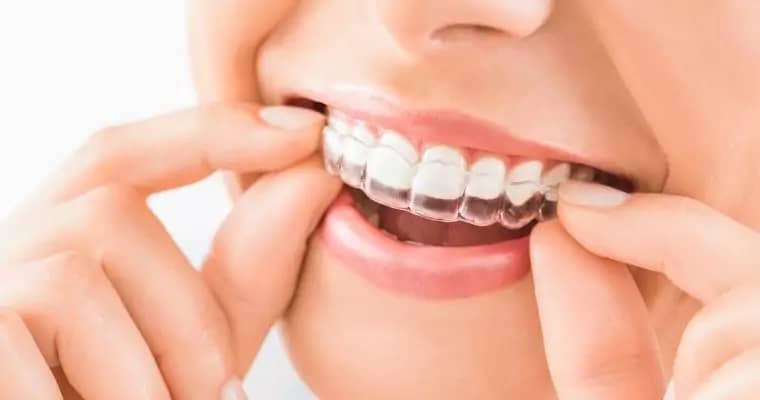Braces vs Invisalign
Braces vs Invisalign: Two of the most popular methods for straightening teeth are traditional braces and Invisalign. Both options aim to improve dental health and aesthetics, but they do so in distinctly different ways. This article will explore the nuances of each treatment, helping you decide which is best suited to your dental needs.
Understanding Traditional Braces
Traditional braces have been around for decades and are renowned for their effectiveness in treating complex dental issues. They consist of metal brackets glued to the teeth and connected by wires. Dentists make periodic adjustments to slowly guide the teeth into the desired position.
Advantages of Traditional Braces:
- Effectiveness: Braces are incredibly effective for correcting complex tooth issues, including severe overcrowding, misalignments, and bite problems.
- Cost: Generally, braces are less expensive than Invisalign, making them a more budget-friendly option for many families.
- Customizability: Braces allow for colorful bands, which can appeal to younger patients who want to personalize their orthodontic experience.
Disadvantages of Traditional Braces:
- Aesthetics: Metal braces’ conspicuous nature can be a deterrent, especially for adults and teens who are self-conscious about their appearance.
- Discomfort: The brackets and wires can irritate the mouth immediately after adjustments.
- Dietary Restrictions: Wearers must avoid certain hard and sticky foods that could damage the braces.
Exploring Invisalign
Invisalign is a modern orthodontic treatment that uses a series of clear, plastic aligners to shift teeth into place. These aligners are custom-made using 3D computer imaging technology. Patients switch to a new set of aligners approximately every two weeks, gradually moving their teeth toward the desired alignment.
Advantages of Invisalign:
- Aesthetics: The clear aligners are virtually invisible, a significant selling point for adults and teens.
- Comfort: Invisalign aligners are generally more comfortable than traditional braces without any metal parts.
- Convenience: The aligners are removable, making it easier to eat, brush, and floss without the restrictions associated with braces.
Disadvantages of Invisalign:
- Cost: Invisalign can be more expensive than traditional braces.
- Discipline Required: The success of Invisalign depends on the patient’s commitment to wear the aligners for at least 22 hours a day. Failure to do so can extend treatment time and compromise the results.
- Limitations: Invisalign might not be suitable for severe orthodontic cases.

Critical Differences in a Nutshell
- Visibility: Braces are more visible than Invisalign, which is almost invisible.
- Removability: Invisalign aligners can be removed, unlike braces, which stay on until the treatment is complete.
- Treatment Scope: Braces are better for more complex dental issues.
- Cost: In general, braces are more affordable than Invisalign.
- Comfort and Convenience: Invisalign tends to be more comfortable and less intrusive.
Choosing the Right Option for You
Selecting between braces and Invisalign depends mainly on personal preferences, specific dental needs, and lifestyle considerations. Here are some factors to consider:
- Severity of Dental Issues: If you have severe crowding, bite problems, or misalignments, traditional braces might be the more practical choice.
- Lifestyle Considerations: If the idea of visible braces concerns you, or if your lifestyle requires a less noticeable treatment, Invisalign might be the better option.
- Budget: Consider your budget since there can be a significant cost difference between the two options.
- Commitment Level: Invisalign requires a disciplined approach to ensure the aligners are worn consistently. Evaluate whether this suits your personal habits and daily routine.
Conclusion
Both braces and Invisalign offer effective paths to improved oral health and a more confident smile. By understanding the key differences and consulting with a qualified orthodontist, you can make a well-informed decision that aligns with your dental health goals and lifestyle preferences. Remember, the best choice is the one that not only corrects your dental issues but also fits seamlessly into your daily life.

